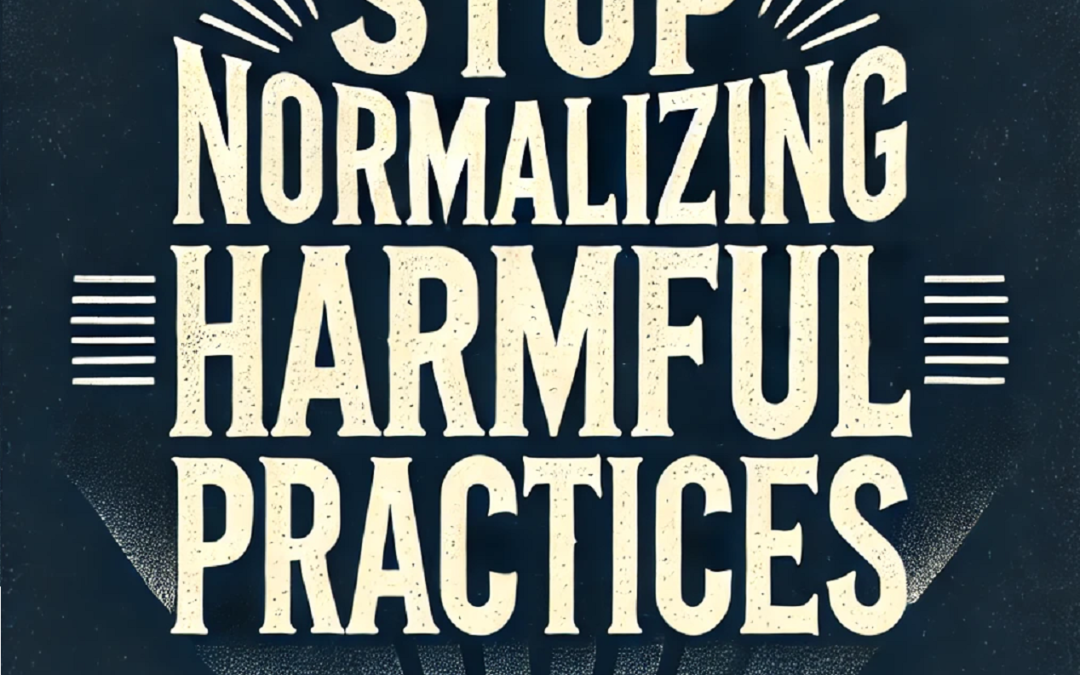There is a troubling contradiction in the arguments put forward by those who defend certain harmful portrayals in Pakistani dramas. They claim that they are showing controversial acts—such as domestic violence or child abuse—not to normalize them, but rather to expose their evil and warn the public against them. However, the reality is far different. If you truly aim to expose something as wrong, it should never be shown in a way that makes it seem normal, acceptable, or even justifiable.
Take domestic violence as an example. When such violence is depicted on television, the purpose should be clear: to condemn it and show its harm. Yet, more often than not, it is presented without consequence, making the act seem almost normal. If the intention is to expose the evil of domestic violence, then why does it continue to be shown as an acceptable part of relationships in dramas? The truth is, this contradiction is part of a larger trend where certain harmful behaviors are being normalized under the guise of entertainment.
1. The Glorification of Violence in Pakistani Dramas
One of the most disturbing trends in Pakistani dramas is the portrayal of domestic violence, but with a dangerous twist. If a man hits a woman, the drama rightly depicts it as a serious offense, a violent act that causes harm. But what happens when the situation is reversed? When a woman raises her hand against a man, suddenly it’s not treated with the same gravity. This inconsistency sends a dangerous message to viewers, especially to the women watching these shows.
In reality, no one should be hitting anyone—whether it’s a man hitting a woman or a woman hitting a man. Both are wrong. Yet, the portrayal in these dramas creates a false equivalence, suggesting that it’s okay for women to engage in violence against men without consequences. This is not just a distortion; it is harmful and misleading, as it paints a false picture of gender dynamics.
2. The Hypocrisy Behind Glorifying Harmful Acts
This is where the contradiction deepens. In dramas that glorify harmful behavior, such as domestic violence, the justification used is that these acts are shown to raise awareness. But if that’s true, why is the behavior normalized? If you truly aim to expose an evil, why not show its negative consequences? For example, if child abuse (or bacha-baazi) is being portrayed, the message should be clear: it is a crime, and it has serious consequences.
But often, this is not the case. When child abuse is shown in dramas, there is no real consequence for the abusers. The same applies to other harmful practices like homosexuality, which, while a controversial subject in some cultures, is often glamorized or normalized in Pakistani dramas. If you claim to be showing these acts to expose their wrongness, they must be depicted as harmful, immoral, and illegal. Instead, they are often presented without any critical judgment, which is incredibly dangerous.
3. The Dajjal Effect: Normalizing the Unacceptable
This brings us to a central point: the concept of Dajjal, or deception. The aim of the Dajjal, in this context, is to make something that is inherently wrong appear as normal. The media, especially the dramas that are being broadcast, plays a crucial role in this deception. By presenting behaviors like domestic violence, child abuse, and even homosexuality without condemnation, these shows are essentially normalizing them.
For example, if child abuse is being shown in a drama, the question must be asked: Are you glorifying this act or exposing it? If you are truly exposing it, then you must show it as wrong, punishable, and a violation of human rights. If it is wrong in reality, it should also be portrayed as wrong in the drama. You cannot hide behind a so-called “awareness campaign” while simultaneously presenting the act as something that doesn’t carry real-world consequences.
4. The Double Standard: Confusing the Public with Mixed Messages
This hypocrisy is not just confusing—it’s dangerous. Pakistani dramas often mix these contradictory messages, making it unclear for viewers, especially the younger audience, to understand what is right and what is wrong. On the one hand, you have the justification of showing harmful acts to “raise awareness,” but on the other, you have these same acts being normalized and portrayed without consequences.
This creates a dangerous precedent where the boundaries between what is acceptable and what is not become blurred. If child abuse, domestic violence, or other harmful behaviors are presented as normal in the media, it is no longer enough to say that you are merely “exposing” them. You are, in fact, contributing to their normalization.
5. Conclusion: The Responsibility of Media to Uphold Morality
In conclusion, the media has a responsibility to portray what is right and condemn what is wrong. If harmful behaviors such as domestic violence or child abuse are being shown, they must be depicted as immoral, illegal, and punishable. The argument that these acts are shown to expose their evil is a weak excuse when the portrayal only serves to normalize them.
If the media is truly interested in raising awareness, it must take responsibility for how it presents harmful acts. It must show their consequences, condemn them, and never glorify or normalize them. The Dajjal effect in media, where evil is disguised as normal, must be resisted at all costs. Our dramas, as a powerful tool of influence, should serve to uplift society, not deceive it.

